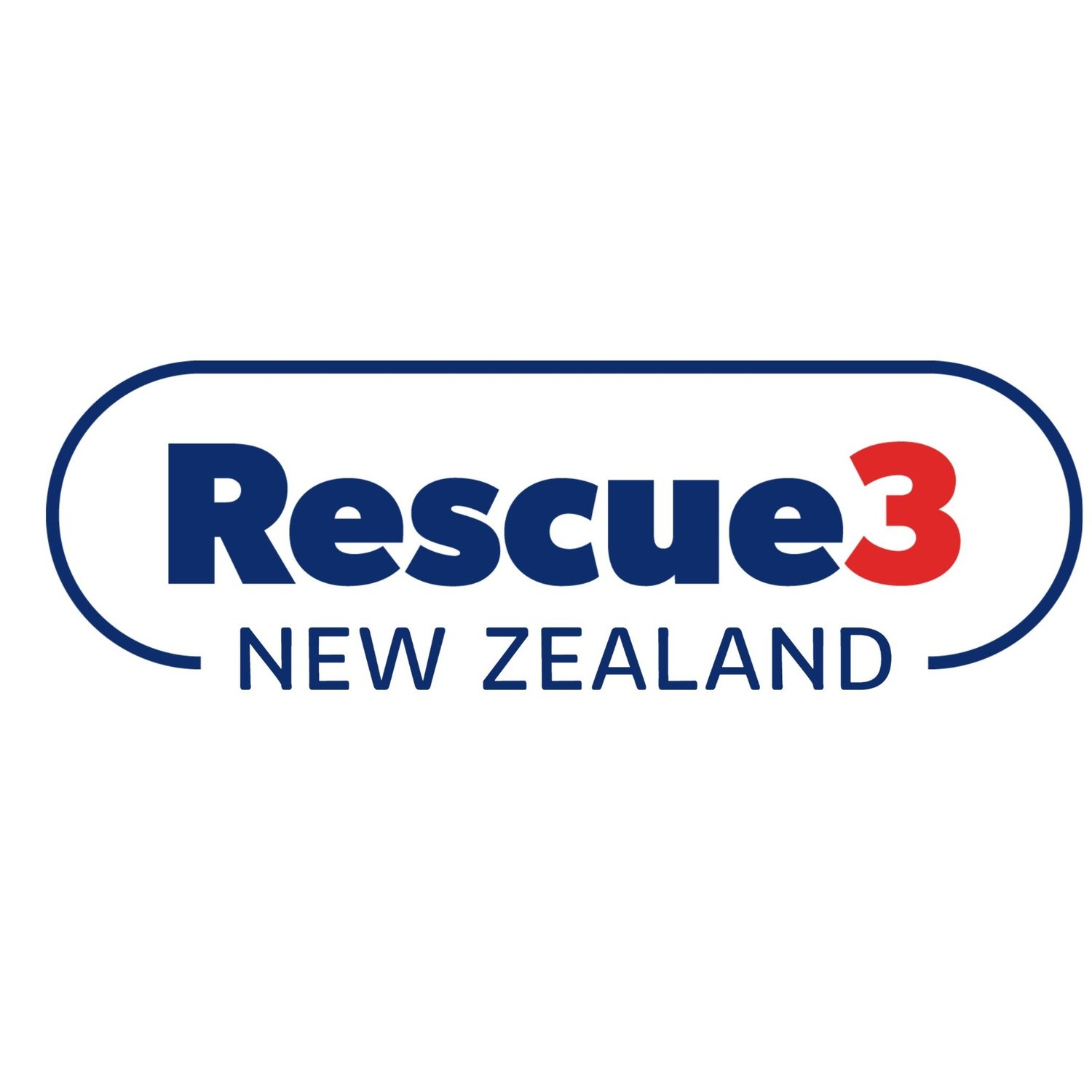The Confined Space Rescue Technician (CSRT) course covers concepts and techniques to enable small teams to undertake technical confined space rescues. Both individual and team skills are extensively addressed. Topics that are thoroughly covered are hazard, gas detection, legislation, international guidelines, key learning, extensive loads and forces, building anchors, using pulley systems, use of tripod for entry and evacuation, self-climbing and rappelling, lowering and hoisting of rescuer and victim, use of stretchers and various stretcher configurations in confined spaces, moving and evacuations from manholes, victim care, building horizontal span, situation analysis, incident management and various scenarios.
Read More
